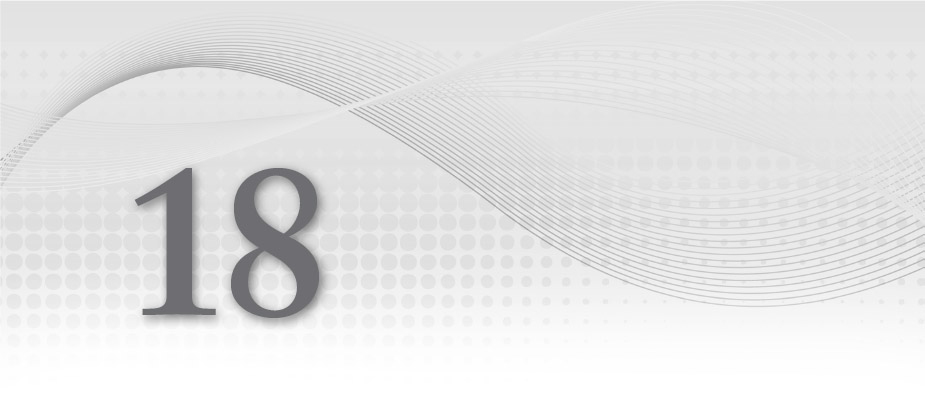
Packaging and Distribution
WHAT YOU WILL LEARN IN THIS CHAPTER
- Creating a new extension
- Creating extension packages
- Editing the manifest file
- Controlling how an extension is installed
- Tailoring your package to exact specifications
DNN's commercial and free module market has been instrumental in the success of the platform. The ability to do a quick search on the Internet and find free or relatively inexpensive modules that fulfill a need significantly reduces the cost to operate a website when compared to a custom website and other commercially available platforms. With the wide potential customer base, it's no wonder that developers have filled the void with low- to medium-cost solutions to countless business needs. This market is no accident. The modular nature of DNN and the extensibility and distribution model have created an environment from which developers can easily share the modules they create and designers can easily share the skins they design. This chapter explains the extensions model for packaging and distributing modules, skins, language packs, and all other application extensions available to DNN developers and designers.
THE NEW EXTENSIONS MODEL
In previous versions of DNN, installing modules, skins, languages, and other extensions was achieved using a different process for each type of extension. Skins were packaged using convention over configuration, meaning ...
Get Professional DNN7: Open Source .NET CMS Platform now with the O’Reilly learning platform.
O’Reilly members experience books, live events, courses curated by job role, and more from O’Reilly and nearly 200 top publishers.

